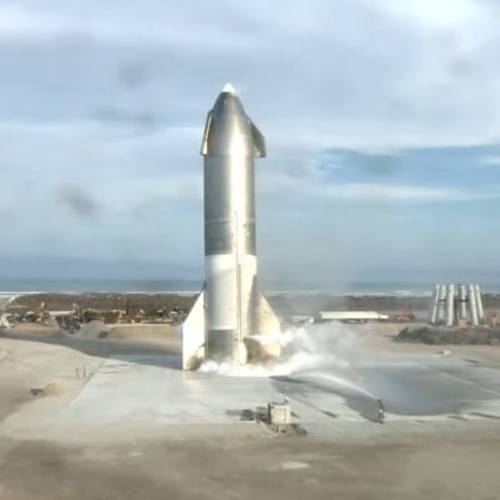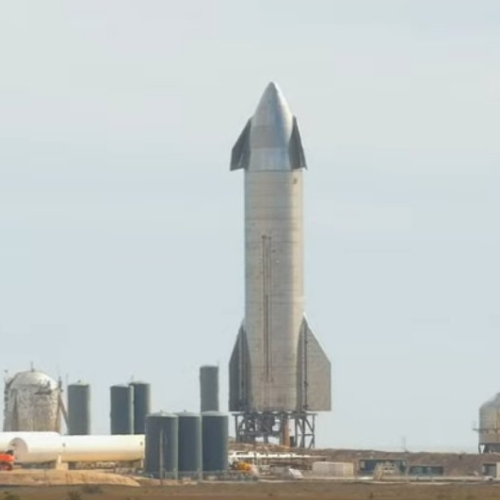On February 25th NASA quietly announced that it was increasing the prices it charges for private commercial payloads to ISS sevenfold, immediately putting some customers out of business.
In the statement, published with little fanfare on the agency’s website, NASA said it was updating that price list “to reflect full reimbursement for the value of NASA resources.” The decision to do so, NASA said, was based on “discussions with stakeholders, the current market growth, and in anticipation of future commercial entities capable of providing similar services.”
By removing the subsidy, the prices of those services went up significantly. The cost to transport one kilogram of cargo up to the station, known as “upmass,” went from $3,000 to $20,000. The cost to bring that one kilogram back down from the station, “downmass,” went from $6,000 to $40,000. One hour of crew member time, previously $17,500, is now $130,000.
The sudden change in prices, which took effect immediately, took some ISS users by surprise. An executive with one company, who spoke on background because that company is still evaluating the impacts of the pricing change, was not aware of NASA’s decision to raise prices until contacted by SpaceNews.
“NASA has not done a good job communicating with the stakeholders,” said Jeffrey Manber, chief executive of Nanoracks. “We are in discussions with customers and suddenly we are being notified of a major increase.” That sudden increase in prices, he said, forced Nanoracks to suspend discussions with two potential customers, who he said were “priced out of their budget” by the increase.
Note that NASA’s statement apparently contained a lie. It claimed the agency talked with “stakeholders,” but apparently those stakeholders knew nothing about it until it happened.
I strongly suspect this is a Biden administration decision, not one from NASA. Democratic Party politicians don’t see government as a servant of the people, but as a tool to rule them. A private industry is beginning to sprout using government resources in space, and rather than encourage its growth they instead want to squeeze as much cash from it as possible.
Moreover, why is NASA charging anything for bringing cargo to ISS? They don’t provide the transportation, launch companies like SpaceX and ULA do. The only appropriate charge NASA should be charging is rental at the station.
If this was a NASA decision solely and Trump was in power, I would expect it to be soon canceled. Under Biden there is no chance. More likely that administration either endorsed it or imposed it.
What this means is that future commercial flights will soon shift away from ISS. I expect Axiom to work hard to get its station modules launched and separated from ISS as quickly as possible. I also expect to see more independent Dragon manned tourist missions, like the one planned for this fall, that do not dock with the station.
In fact, here is a thought that I think has already entered Elon Musk’s brain. In the next year SpaceX is likely going to do its first Starship orbital test flight. Why not put a test habitable module on board that can be used by tourists at a reasonable price? There is money to be made here, especially because NASA is gouging its customers and there is plenty of margin to undercut the agency’s absurd prices.




